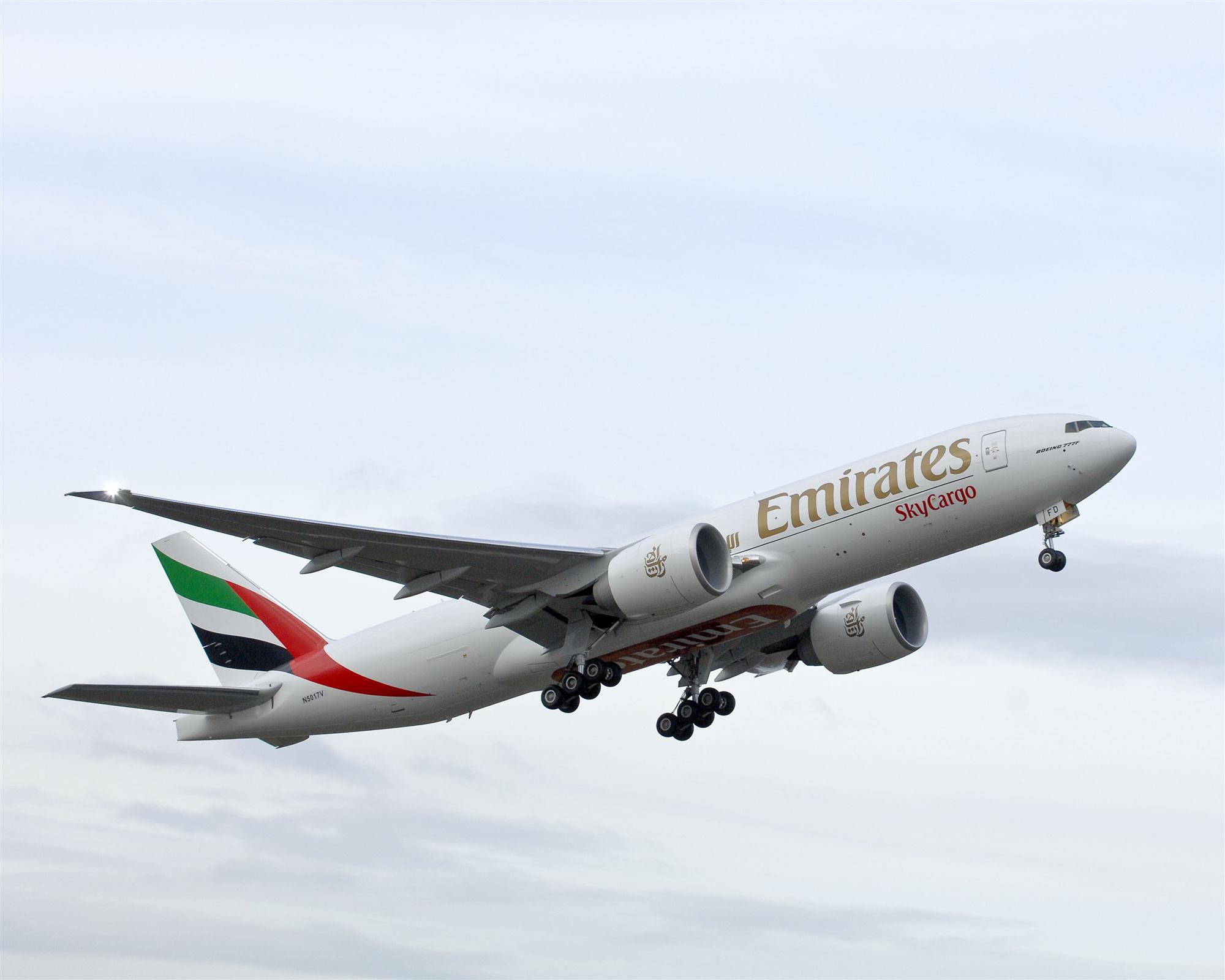Digitization of Asia-Pacific’s air cargo is progressing, but significant challenges need to be overcome in order for the industry to have its logistics matched by increasingly digital sales, attendees of IATA’s Air Cargo Day in Singapore were told.
While the end vision is of a totally paperless industry, continuing to increase the use of IATA’s e-Air Waybill programme is the first big step towards that goal. “It is critical because it is the first rung of the ladder,” Glyn Hughes, IATA’s global head of cargo, told the conference.
By August of this year just over half (51.2%) of Asia-Pacific’s cargo was being moved via e-Air Waybills, which puts the region in the middle of the global industry. Europe and North America are behind at 39.6% and 46.6%, respectively, while the Middle East, Africa and North Asia take the medal slots with 72%, 67% and 62.6%, respectively.

Europe and America’s slower pace is explained by their more conservative companies operating in more fragmented markets, although there are some exceptions.
There is, as well, the lack of dominant national carriers such as those found in Asia, where they are keen to be seen as leaders and will push on with the issue, Hughes explained in an interview with Asia Cargo News.
A bigger delay, one also found prominently in Asia, is the industry-wide lack of commonality in messaging. This was one of three concerns outlined by Hughes as likely to obstruct the industry going forward; the other two were platform proliferation and the opaque nature of the Cargo Community Systems.
“It’s about aligning the many different platforms,” Hughes told the conference.
Helping matters here is a new programme called ONE Record, or smart data sharing, explained by Hughes as a mechanism offering “one view of multiple sources of information.”
ONE Record is thought of as something like a Google search (but recorded), pulling in information from multiple sources within the industry and presenting it in an aggregated fashion. This will avoid duplicating inputs and maintains data ownership by each party. Industry accuracy will increase and efficiency of data usage will be achieved.
This is also true of the issue of platform proliferation. There are a lot of different platforms in use; the problem is that they are linked to specific airports and they need to be more easily connected to each other to create global data exchanges utilizing common standards, Hughes told Asia Cargo News.
“It’s critical that the base level of information is shared in a more harmonized fashion,” he said.
Hughes gave an example: “[It is] something as simple as handling codes which are usually a three-character acronym describing how freight should be handled. But if different countries use the same acronym to describe different processes, the industry has a problem.”
Added to this is the problem of the opaqueness of the Cargo Community Systems. The issue is not what they are doing, but more what they are not doing – and who they are not doing it with. These forums work well, but only locally. As Hughes told the conference: “we need a much greater degree of connectivity.”
This means not only more sharing locally but also with others elsewhere in the world.
What IATA is pushing for – it cannot mandate – via its regular dialogues with the CCSs is more common standards about how information is constructed and shared. It might see a larger role for the Geneva-based trade body as it would share in a central repository of some of the key information.
“We want to work with the CCSs to enable more significant connectivity,” Hughes told Asia Cargo News.
For its part, the Singapore Cargo Community Network outlined another round of challenges with digitization, pointing to problems such as who and how to trust, the varying levels of compliance among international controlling agencies and the different level of involvement by different stakeholders, as well as the authentication of e-documents between stakeholders.
The conference also heard of the opportunities the future will bring. The need to step up track-and-trace could lead to self-moving cargo as companies work more with artificial intelligence to move goods more efficiently. Examples given include sensors which will help cargo alert staff that it needs to be moved, and robots and self-drive technology that will give some cargo the ability to move itself by using things such as self-drive vehicles.
Indeed, that future is not so much here as it is already being built.
Yusen Logistics Singapore is already several weeks on from a groundbreaking ceremony for its first future-ready warehouse and the commissioning of Swisslog AutoStore, an automated ultra-high-density storage and robotic order-picking technology.
Aiming for a start during the first three quarters of 2019, the new three-storey ramp-up warehouse is designed and built by Boustead Projects and will use advanced robotics, radio-frequency identification (RFID), vision recognition systems and autonomous technology with Swisslog AutoStore, to transform the conventional warehouse operation to a smart data-driven logistics operation.
“Data-driven operation provides the infrastructure for process customization. The capabilities to provide customizable work processes mean Yusen Logistics can tailor specific services for the various industry verticals. This is a unique capability,” said Francis Kwa, head of contract logistics and information systems at Yusen Logistics Singapore.
By Michael Mackey
Southeast Asia Correspondent | Singapore